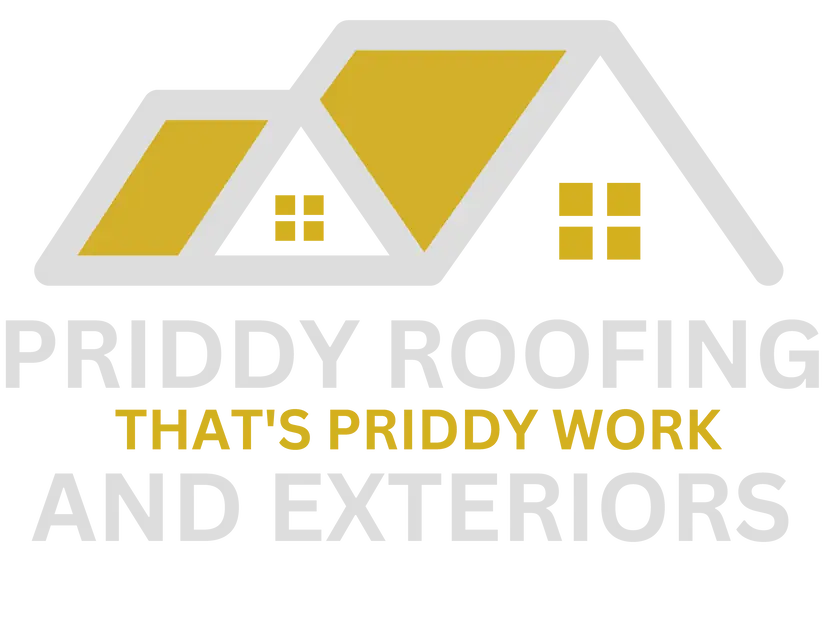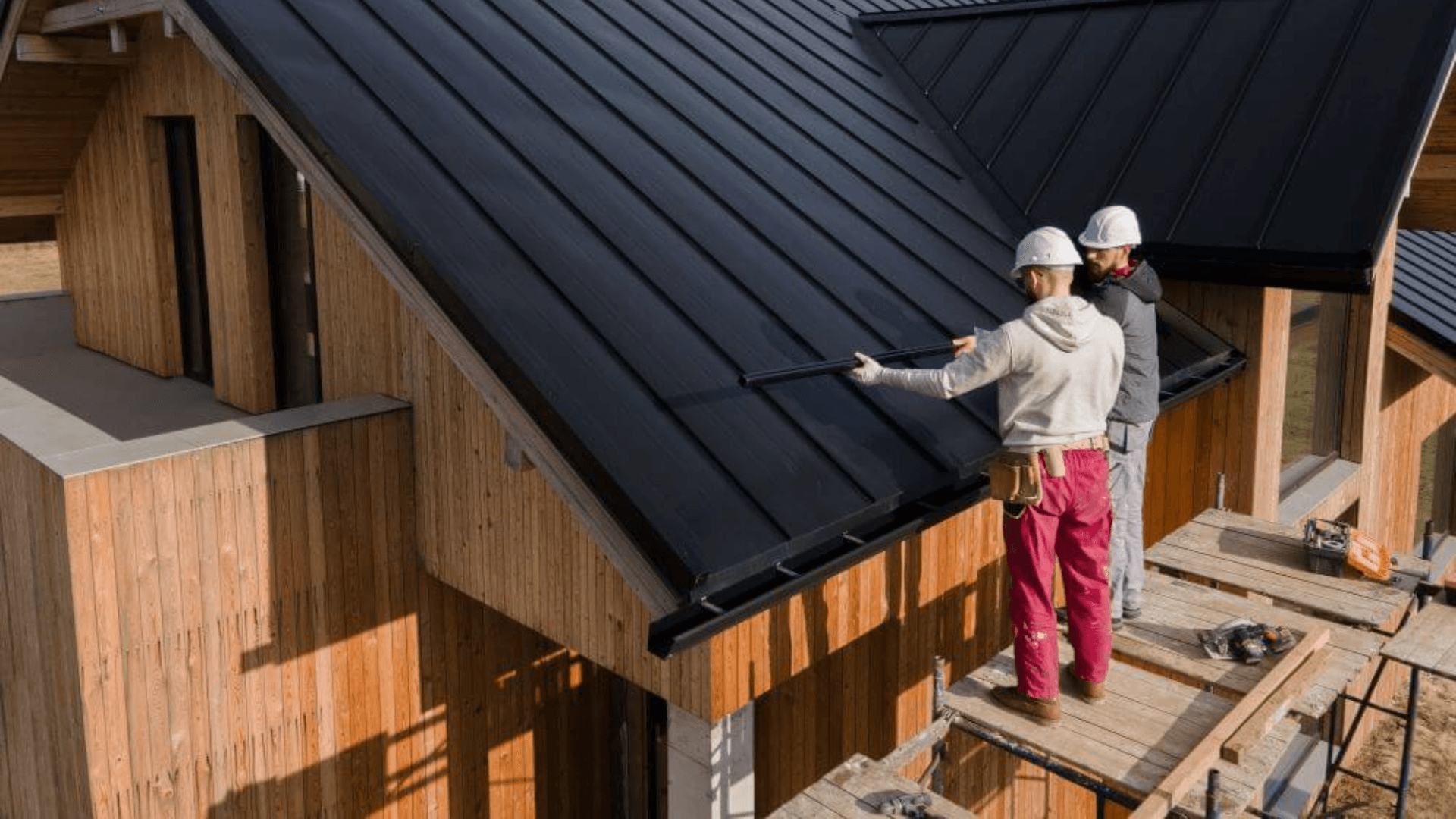Metal or Asphalt Roof? Compare Costs & Benefits (2025)
A roof isn’t just another part of your home—it’s the barrier that shields your family, your belongings, and the structure itself from whatever the weather throws your way. Choosing the right roofing material is about more than appearance; it’s about how you want your home to perform for years to come.
In 2025, two roofing options continue to stand out for homeowners in Maryland, Virginia, West Virginia, and Pennsylvania: asphalt shingles and metal roofing. Each has its own set of strengths, drawbacks, and costs that can influence your decision.
Asphalt Roofing
Why Many Homeowners Choose Asphalt
Asphalt shingles remain the most common roofing choice in America because they strike a balance between cost, performance, and design flexibility. They’re available in countless colors and textures, making it easier to complement your home’s architecture.
Installation is typically straightforward, which can mean more competitive labor costs. Repairs are also relatively simple—if a few shingles blow off during a storm, replacing them doesn’t require major disruption.
Performance and Longevity
In the Mid-Atlantic, a professionally installed asphalt roof generally lasts 15–30 years, depending on the grade of shingle, roof ventilation, and regular upkeep. Many modern shingles are engineered to resist algae, stand up to high winds, and offer better impact resistance than older products.
Considerations Before You Commit
The biggest trade-off with asphalt is its shorter lifespan compared to metal. Granule loss, curling, and cracking can happen over time, especially in areas with intense sun exposure. Asphalt can also retain heat, which might increase cooling costs during hot summers.
Metal Roofing
Metal Roofing
Why Metal Is Gaining Ground
Once thought of mainly for barns or industrial buildings, metal roofing has become a sought-after option for residential properties. Its reputation for durability, energy efficiency, and long lifespan appeals to homeowners who want a one-and-done investment.
A properly installed metal roof can last 40–70 years, resisting wind, fire, and heavy precipitation. Its reflective surface helps reduce heat absorption, which can cut summer cooling costs.
Why Metal Is Gaining Ground
Once thought of mainly for barns or industrial buildings, metal roofing has become a sought-after option for residential properties. Its reputation for durability, energy efficiency, and long lifespan appeals to homeowners who want a one-and-done investment.
A properly installed metal roof can last 40–70 years, resisting wind, fire, and heavy precipitation. Its reflective surface helps reduce heat absorption, which can cut summer cooling costs.
Performance and Longevity
Metal roofing sheds snow easily, resists moss and algae growth, and requires minimal maintenance. For coastal or humid areas, protective coatings can prevent corrosion, making it an adaptable choice for varied climates.
Performance and Longevity
Metal roofing sheds snow easily, resists moss and algae growth, and requires minimal maintenance. For coastal or humid areas, protective coatings can prevent corrosion, making it an adaptable choice for varied climates.
Considerations Before You Commit
The main hurdle is the initial price tag—often two to three times that of asphalt. And while modern installation techniques reduce it, some homeowners still find rain and hail noisier on metal roofs without proper attic insulation.
Considerations Before You Commit
The main hurdle is the initial price tag—often two to three times that of asphalt. And while modern installation techniques reduce it, some homeowners still find rain and hail noisier on metal roofs without proper attic insulation.
2025 Cost Comparison
For 2025 in Maryland, Virginia, West Virginia, and Pennsylvania:
- Asphalt Roofing: $5,500–$15,000 installed on an average single-family home.
- Metal Roofing: $11,000–$30,000 installed, depending on metal type and panel style.
Factors such as roof size, slope, tear-off vs. overlay, and material grade can push costs higher or lower.
Try the Roofing Cost Calculator
Instead of guessing, you can get a tailored range for your own home. Enter your roof size, select the roof shape, and see how asphalt and metal compare for your project in 2025.
roof cost calculator — asphalt vs. metal (2025)
Get a quick, straightforward estimate for your roof based on size and complexity. Results reflect typical installed ranges for Maryland, Virginia, West Virginia, and Pennsylvania in 2025. Exact pricing comes from an on‑site evaluation.
Asphalt Roofing
most budget‑friendlyMetal Roofing
longest service lifePlanning ranges only. Final numbers vary with tear‑off vs. overlay, underlayment, ventilation, flashing, fascia/gutters, stories/steepness, and chosen product line. A written estimate provides exact pricing.
Beyond the Numbers
When deciding between asphalt and metal, think about:
- Your timeline — If you plan to move within 10–15 years, asphalt might be the more cost-effective option.
- Long-term value — If you want a roof you’ll likely never replace, metal delivers that peace of mind.
Weather resilience — Metal edges ahead in snow-shedding and wind resistance, while asphalt performs well overall and offers more traditional aesthetics.
Whether you choose the budget-friendly versatility of asphalt or the decades-long reliability of metal, the most important part of the process is working with an experienced roofing contractor who understands the specific challenges of Mid-Atlantic homes. With the right guidance and qualit






